What do the numbers on my disc golf disc mean?
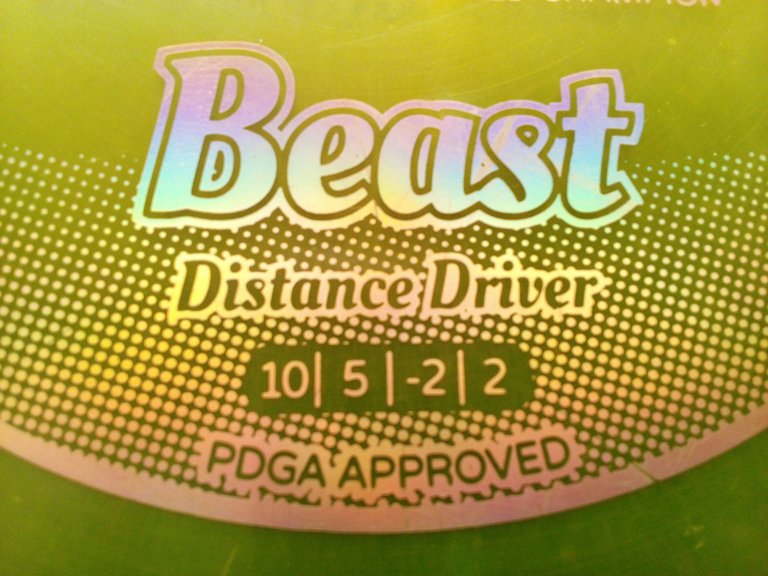
Disc golf flight ratings include Speed, Glide, Turn, and Fade;
Speed:
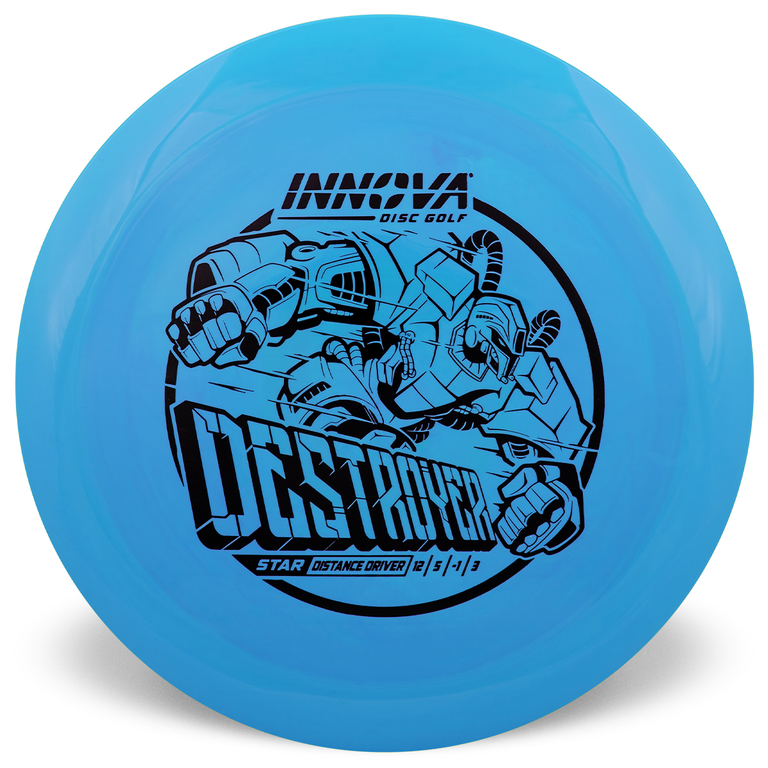
Innova Destroyer, a very popular high-speed disc.
The first number indicates the disc's speed, which refers to how fast the disc must be thrown to achieve its maximum potential distance and desired flight pattern. The range for speed numbers is usually between 1 and 14, with 14 being the fastest disc.
Distance drivers are the fastest and require more power to throw properly. Slower discs are easier to control and are better for beginners. If you're having trouble getting a disc up to speed, it might not fly as far or could fade out earlier than expected.
It's important to choose a disc with a speed rating that matches your skill level and throwing technique. A faster disc might give you more distance, but it could also be harder to control. Meanwhile, a slower disc might not travel as far but is more accurate and controllable.
If you're a beginner, I recommend starting with a slower disc and working your way up as you develop your power and throwing technique. On the other hand, experienced players might benefit from a faster, more powerful disc that can cut through the wind and travel further down the fairway.
Glide:
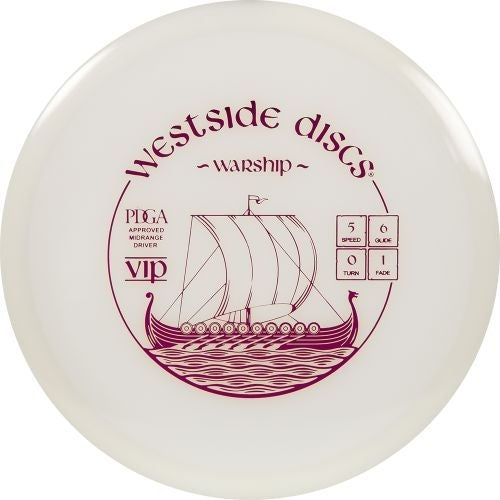
I bagged a Westside Warship recently and love how glidey it is!
The second number represents the disc's glide, which refers to how much the disc wants to stay in the air during flight. Glide ranges from 1 to 7, with 7 being the most glide.
Discs with higher glide ratings are ideal for new players and those looking to achieve maximum distance. These discs can stay aloft effortlessly and carry further with less power.
On the other hand, discs with lower glide ratings rely more on the power put behind them during the throw. These discs are more accurate in high wind conditions and are useful for approach shots with a limited landing area. Putters and midranges typically have lower glide ratings since they are used for short-distance shots.
If you're just starting with disc golf, it's advisable to choose a disc with a higher glide rating for better distance. However, as you gain more experience, you'll discover your preferred disc type for different situations.
Turn:
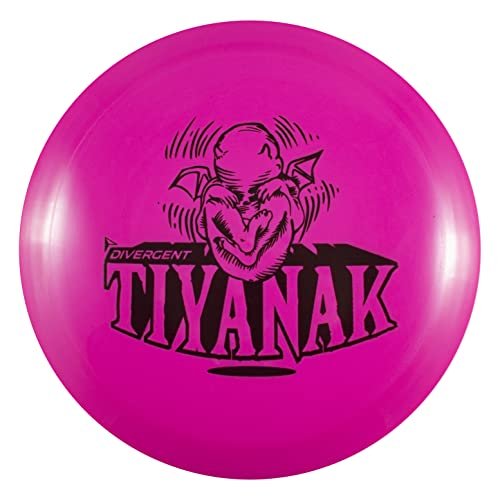
The Divergent Tiyanak sports a -5 turn and is great for beginners!
The third number represents turn, which refers a disc's tendency to "turn over" or bank to the right during the initial part of the flight.
Discs with a +1 turn are more resistant to turning over, while those with a -5 rating will turn the most. This means that discs with less turn are more accurate in the wind, while those with more turn are easier to throw for beginners.
In fact, most beginner discs have negative turn ratings as they are more forgiving and offer straighter flights.
Discs with turn ratings of +1 or 0 are better suited for headwinds, while discs with turn ratings of -1 to -5 perform better in tailwinds than headwinds as they are easier to control and have more tendency to turn to the right.
Fade:
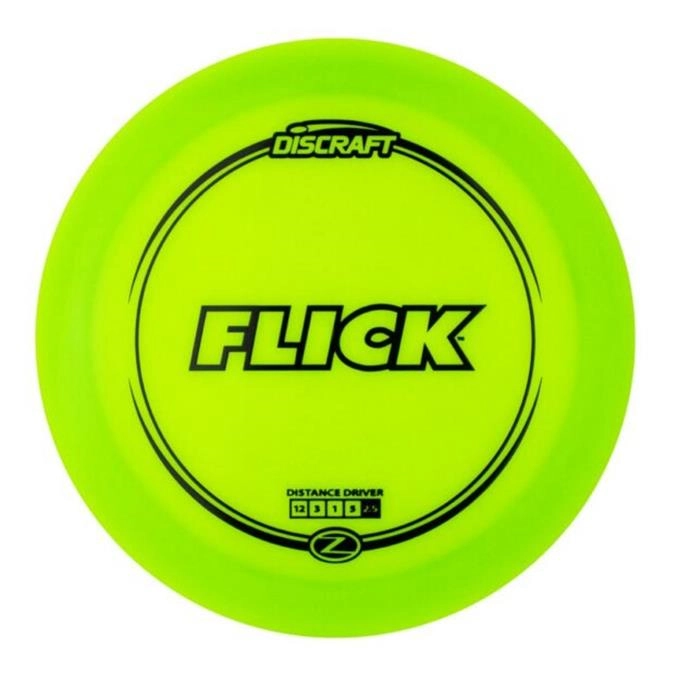
A Discraft Flick is a great driver with maximum fade.
Last but not least we have a disc's fade, which refers to its tendency to finish left (for right-handed backhand throws) at the end of the flight. Fade ranges from 0 to 5, with 5 being the most fade.
A disc with a 0 fade rating will have the best chance to take a straight flight or with a minimal left fade at the end of the flight. On the other hand, a disc with a 5 fade rating has the best chance to go to the left at the end portion of the flight. The higher the fade rating of the disc, the more predictable it will be, even in windy conditions.
High fade discs are often used for Spike and Skip shots, which require a sharp hook at the end of the flight. Meanwhile, discs with lower fade ratings are ideal for straight shots.
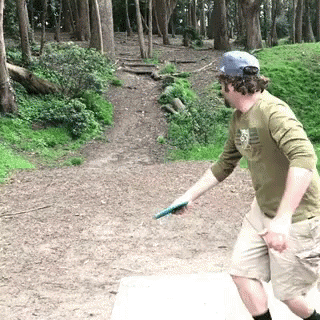
Flight Numbers in Action
Understanding flight numbers can help you choose the right disc for your game, evaluate new discs before adding them to your bag, and improve your overall performance on the course. By knowing which discs are more overstable or understable, you can adjust your throwing technique to achieve the desired flight path and increase your maximum throwing distance.
Learning more about the flight numbers of your discs may even help you hit fewer trees! (Results may vary)
Many professional disc golfers have specific preferences when it comes to disc flight numbers. For example, Paul McBeth is known for his preference for high-speed, overstable drivers with a flight rating of 12 or above. He often throws discs with a flight rating of 13, such as the Discraft Force and Dynamic Discs Defender.
Ricky Wysocki, on the other hand, prefers more understable drivers with a flight rating of 11 or 12. He often throws discs like the Innova Destroyer or Latitude 64 Ballista.
Other pros have more specific preferences within certain flight number ranges. For example, Paige Pierce often throws mid-range discs with a flight rating of 5, such as the Dynamic Discs EMAC Truth, while Simon Lizotte is known for his love of high-speed drivers with a flight rating of 13 or 14, such as the Discmania DD3, or I guess something like the MVP Octane these days...
If you're throwing a high-speed driver with a flight rating of 13, like Paul McBeth, you'll want to use a lot of arm speed and power to get the disc to fly straight and then fade hard to the left (if you're right-handed). On the other hand, if you're throwing a more understable driver with a flight rating of 11 or 12, like Ricky Wysocki, you'll want to use a smoother release and less power, so the disc turns to the right (if you're right-handed) before coming back left.

Flight numbers can also be a helpful tool when evaluating new discs before adding them to your bag. By looking at a disc's flight rating, you can get a general sense of how it will fly and whether it will fit your throwing style. For example, if you're looking for a new driver and you know you prefer overstable discs, you can look for discs with a high-speed rating of 12 or 13 and an overstability rating of 4 or 5. By narrowing your search this way, you can save time and money by avoiding discs that won't work for you.
When evaluating new discs, it's important to remember that flight numbers are just a general guideline. Every disc is unique, and factors like weight, plastic type, and individual throwing style can all affect how a disc will fly. That's why it's always a good idea to try out new discs on the course and see how they perform in real-world conditions. By combining flight numbers with your own experience and experimentation, you can build a disc golf bag that works best for you.

Thanks for reading!

cool disc golf post. i use a Star Destroyer